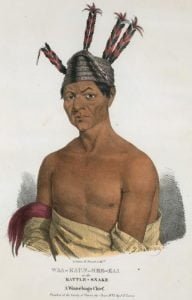Winneshiek County Iowa Reminiscences
When the first home seekers came to Winneshiek county the remains of several Winnebago Indian villages were still in existence. Numerous Indian trails were in evidence in nearly all parts of the county, many of which led to the site of the present city of Decorah. In “Reminiscences of Springfield Township ” Hon. A. Jacobson states : “The Indians who had inhabited this portion of the country where we settled were removed by government troops two years previous to our arrival. They had evidently intended to return at some future time as they had made large cellar-like holes in the … Read more


